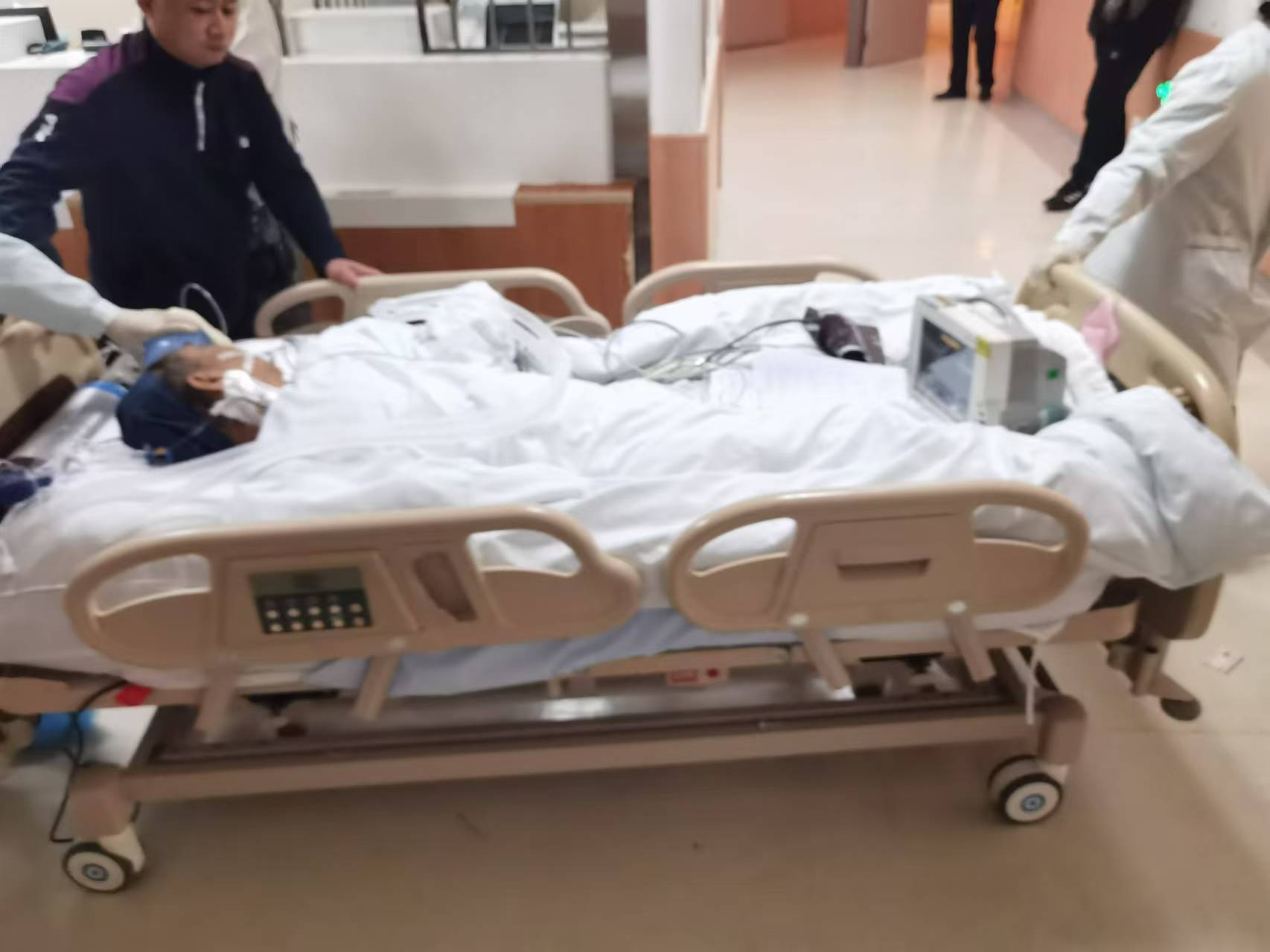The application of end-tidal carbon dioxide (EtCO2) monitoring in the anesthesia recovery room and during anesthesia transport is closely related, mainly focusing on real-time monitoring and adjustment of the patient's respiratory status, ensuring patient safety and timely response to sudden changes.
Ensuring Stable Respiratory Function
After anesthesia, patients may experience respiratory depression or apnea, particularly during the initial phase of anesthesia recovery or during transport. The EtCO2 monitor can continuously track the end-tidal carbon dioxide levels, helping to quickly identify situations such as low respiratory rate or CO2 buildup. This allows healthcare providers to detect problems early during transport and recovery. For instance, in the recovery room, the EtCO2 monitor can help physicians promptly identify excessive CO2 accumulation, preventing complications like respiratory acidosis.
Real-Time Data Feedback, Supporting Rapid Intervention
During anesthesia transport, patients may experience irregular breathing due to the continued effects of anesthetics. The EtCO2 monitor provides real-time, accurate data feedback, assisting healthcare providers in rapidly assessing the patient’s respiratory status. For example, if EtCO2 levels are abnormal (either too low or too high), physicians can immediately adjust ventilation methods or oxygen concentration. In the recovery room, this monitoring is also crucial, enabling anesthesiologists to adjust ventilator settings or intervene with the patient's airway, ensuring smooth recovery.

Ensuring Normal CO2 Elimination
Post-anesthesia patients are at risk of CO2 buildup, particularly during transport or in the recovery room. The EtCO2 monitor can assess the patient's CO2 elimination in real-time. If EtCO2 levels are too high, it indicates potential insufficient ventilation or CO2 retention. Timely detection of these changes, whether during transport or in the recovery room, can effectively prevent severe complications such as respiratory acidosis or loss of consciousness caused by CO2 accumulation.
Non-Invasive Monitoring, Enhancing Patient Comfort
Traditional respiratory monitoring methods, like arterial blood gas analysis, involve blood draws, causing discomfort for patients. The EtCO2 monitor, however, provides a non-invasive, continuous monitoring solution, significantly reducing patient discomfort. In the recovery room, where patients are awakening from anesthesia and may experience discomfort, non-invasive monitoring eliminates the need for additional pain or infection risk. For patients in transit, non-invasive technology ensures a smoother and safer transport process.

Suitable for Long-Term Monitoring, Adaptable to Various Environments
Anesthesia transport often involves crossing different areas and environments, with longer transport times and potential physiological changes in the patient. The EtCO2 monitor remains stable during transport, providing continuous monitoring to ensure patient safety. In the recovery room, the EtCO2 device continuously tracks the patient's recovery status, enabling healthcare providers to manage respiratory conditions promptly and optimize the recovery process.
Integrated Design, Improving Transport and Monitoring Efficiency
Modern EtCO2 monitors can be integrated with pulse oximeters (SpO2 monitors), making them ideal for both anesthesia transport and recovery room applications. This integrated design allows healthcare providers to simultaneously monitor the patient's respiratory and oxygenation status, enhancing monitoring efficiency. The integration simplifies operational workflows, reduces the number of devices needed, and optimizes patient transport and recovery management, ensuring real-time, accurate vital sign monitoring and improving clinical care.
The use of EtCO2 monitoring in the anesthesia recovery room and during anesthesia transport is crucial. It allows healthcare providers to monitor the patient's respiratory status in real-time, ensuring early detection of abnormalities and enabling timely intervention. Whether monitoring CO2 elimination during transport or tracking respiratory rate and airway conditions in the recovery room, EtCO2 monitoring offers a safer and more effective management solution for patients, preventing respiratory complications and ensuring smooth recovery.
